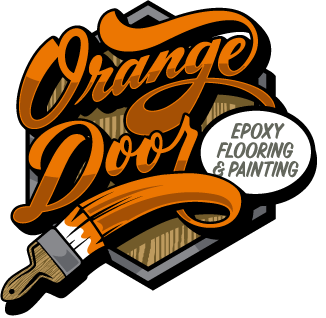If you’re interested in installing a polyaspartic garage floor, there are several things you need to keep in mind before doing so.
This is not to say polyaspartic is bad flooring material, but that there are other options that you might find much more functional, affordable, beautiful, and, overall, better.
In this guide, we’ll discuss the polyaspartic garage floor problems, why they won’t cut it for your new space, and what are some better alternatives that you should consider.
Let’s begin!
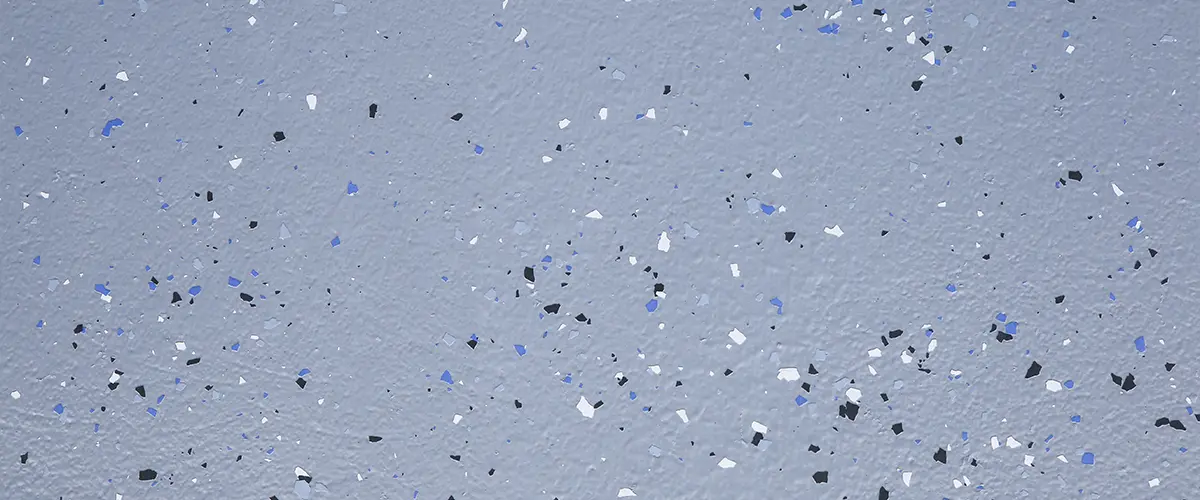
1. Polyaspartic May Not Bond With The Concrete
When it comes to polyurea and polyaspartic concrete coatings, the primary danger is that if there’s too much moisture in the underlying concrete flooring, then these coatings won’t adhere properly.
This means an unleveled garage floor and cracks.
When a polyurea coating encounters a concrete floor, it forms an indissoluble bond with the material as it searches for humidity. Conversely, when touching any dampness, its adhesion to the concrete ceases instantly.
If there’s a lot of humidity, the polyaspartic floor coating will not penetrate the cement as intended. Instead, it will rest on top of it like a layer of paint or epoxy.
How To Avoid
Prior to performing any work on a concrete surface in order to prepare it for a coating, the moisture content must be tested. If found too high, an additional protective barrier should then be applied before proceeding with the base coat application.
By establishing this moisture barrier, the concrete will be ready to receive the coating and complete its curing process properly.
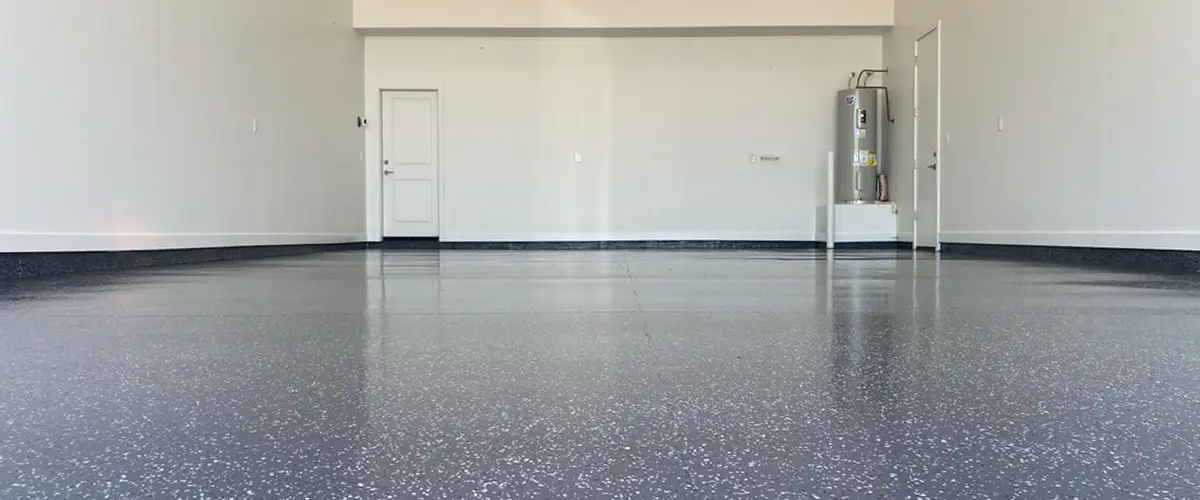
2. Inefficient If Not Mixed Properly
Another disadvantage of polyurea and polyaspartic concrete coating is that when it is blended at an excessively rapid rate, bubbles can emerge in the mixture.
Polyurea and polyaspartic coating require a base and top coat created by combining two or more solutions at the precise ratio with an innovative blending apparatus. Think of this instrument as an electric hand mixer used in baking, such as making creamy whipped cream!
Working the coating too rapidly in a mixer can form air bubbles, which then become transferred when applying it to concrete.
As the coating dries, those bubbles form a permanent part of the layer. Eventually, they burst and cause weak spots in your protection that can lead to easy chipping and peeling off over time.
In a nutshell, improperly mixed polyaspartic garage floor coatings will lead to a lot of issues down the road.
How To Avoid
To ensure a bubble-free concrete coating, the installer must be competent enough to recognize the ideal mixing speed. The right knowledge and skill set are key elements in mastering this technique.
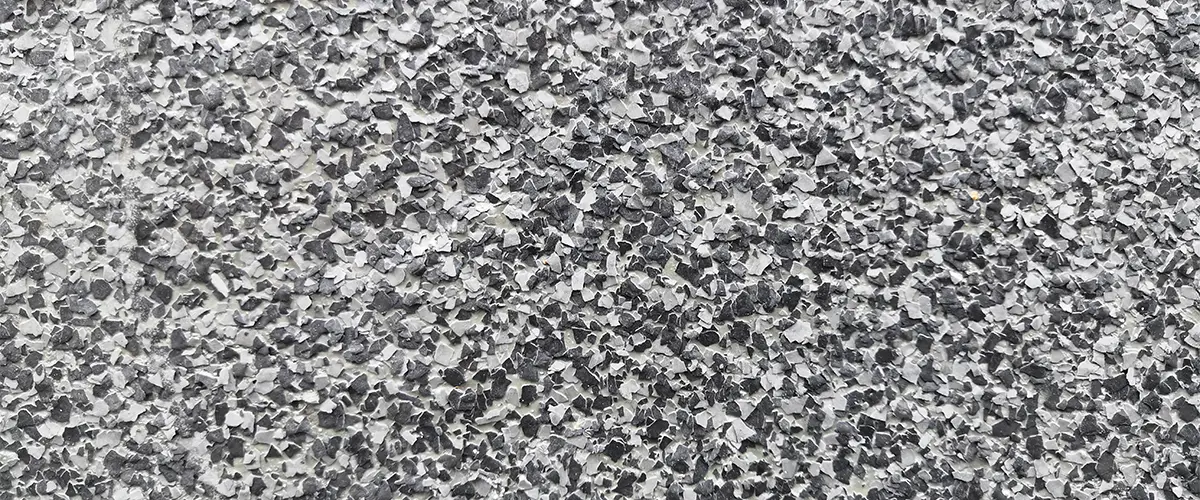
3. Polyaspartic Coatings Can Partially Evaporate
When it comes to coating a project, getting the concrete mixture ratio exactly right is absolutely essential for success. If not done correctly, two serious issues could arise.
The initial issue is that the coating might partially evaporate when it hardens. Similarly to paint, a specific coat thickness (mil) must be maintained for optimal results.
Inaccurate proportions in the coating mix will cause parts of it to evaporate during curing, weakening its texture and causing it not to remain as resilient for as long a time. This makes the end result less reliable than anticipated.
How To Avoid
To ensure your coating is applied correctly, you must properly mix it according to the instructions provided with concrete coating supplies. This will avoid any potential issues that can arise from an improperly mixed and cured mixture.
When it comes to concrete coating, you need a reliable contractor that has proven they can deliver outstanding results. Finding the right fit is essential if you want your project done correctly.
4. Your Polyaspartic Coating Won't Cure At All With The Wrong Ratios
If the ratio of the coating mixture is not precisely balanced, there is a risk that it will fail to cure correctly.
If the polyurea and polyaspartic coatings are not mixed correctly, it may fail to cure. Although you should be able to walk on it in six hours; for total curing time of 24 hours is necessary before parking a car or placing heavy objects over it.
To ensure the coating has fully cured, conduct the thumb test. If your finger or thumb makes an impression on the surface when you press it down, or if it feels sticky to touch, then there is still curing left to do.
If you don’t mix the coating solution carefully, this stickiness will never dissipate. The result is that your coating won’t cure properly and ultimately require a professional to re-apply it – costing more money and time in the long run.
How To Avoid
To prevent this issue, make sure the coating is mixed accurately. If you’re taking on a DIY concrete project or enlisting professional help, it’s critical to be informed of the installation procedures in order to ensure a successful outcome for your finishing job.
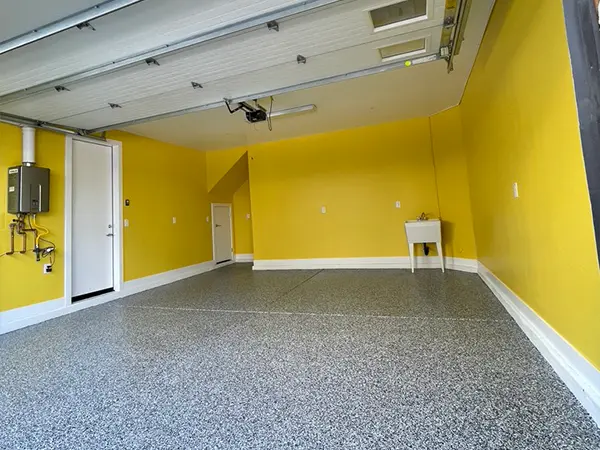

5. Polyurea and polyaspartic coatings can fade
Did you know that for a polyurea or polyaspartic coating to be highly resistant to UV rays and remain vibrant over time, it must specifically be designed with this purpose in mind? Fortunately, these types of coatings are proven not to discolor when exposed to too much sunlight.
With so many UV-resistant and non-UV-resistant polyurea coatings available, it is important to note that a potential issue you may run into with the latter type of coating is fading color and premature wear if installed in areas exposed to consistent high levels of ultraviolet rays.
To secure your sidewalk, patio or driveway with a sturdy polyurea and polyaspartic concrete coating that will endure for years to come, it is imperative to remember one vital factor: make sure your material specifies UV resistance.
If you fail to select a high-quality UV-resistant coating, your product won’t last as long and will lose its luster faster. On the other hand, if the area being painted sees little or no direct sunlight, then specifying a UV resistant paint may not be essential.
How To Avoid
To ensure that your outdoor area is well-protected against the damaging effects of the sun, make sure to use a UV-resistant polyurea or polyaspartic coating. This can be done by purchasing off-the-shelf at a hardware store or hiring an experienced professional who specializes in this. A quality UV coating will guarantee maximum protection and durability for years!
If the contractor doesn’t specify, ask.
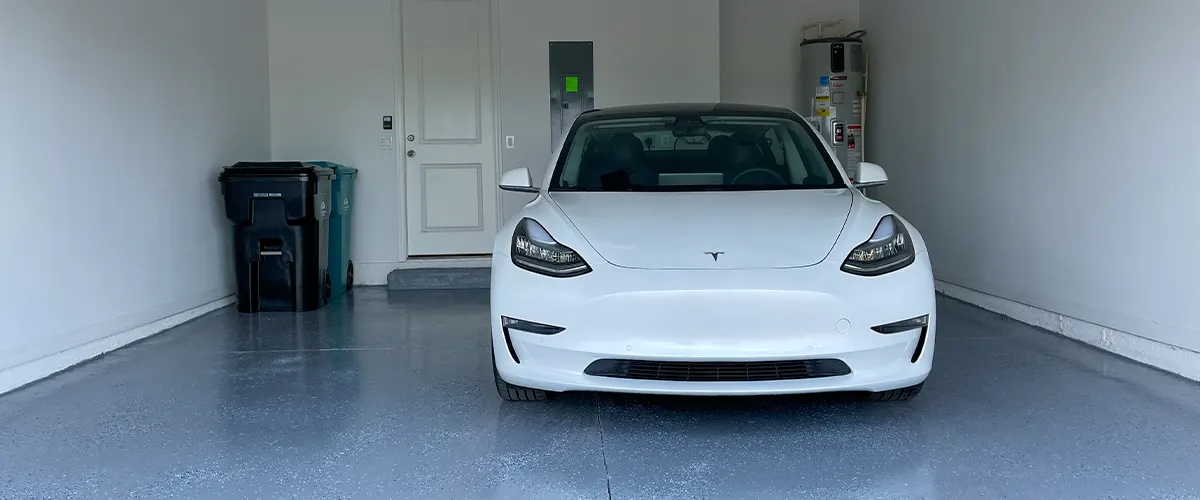
Conclusion
Clearly, these polyaspartic garage floor problems are worth considering for your upcoming project.
But is there a better alternative?
Yes! Epoxy flooring is one of the best flooring options for garages, basements, and many other spaces. It’s beautiful, durable, easy to install and to clean, and affordable!
At Orange Door Custom Coatings, we offer professional epoxy flooring installation all over Maricopa County, AZ. We serve Paradise Valley, Phoenix, Scottsdale, Glendale, and the surroundings!
Give us a call at (602) 625-4617 and let’s discuss your upcoming flooring project for your new garage!
